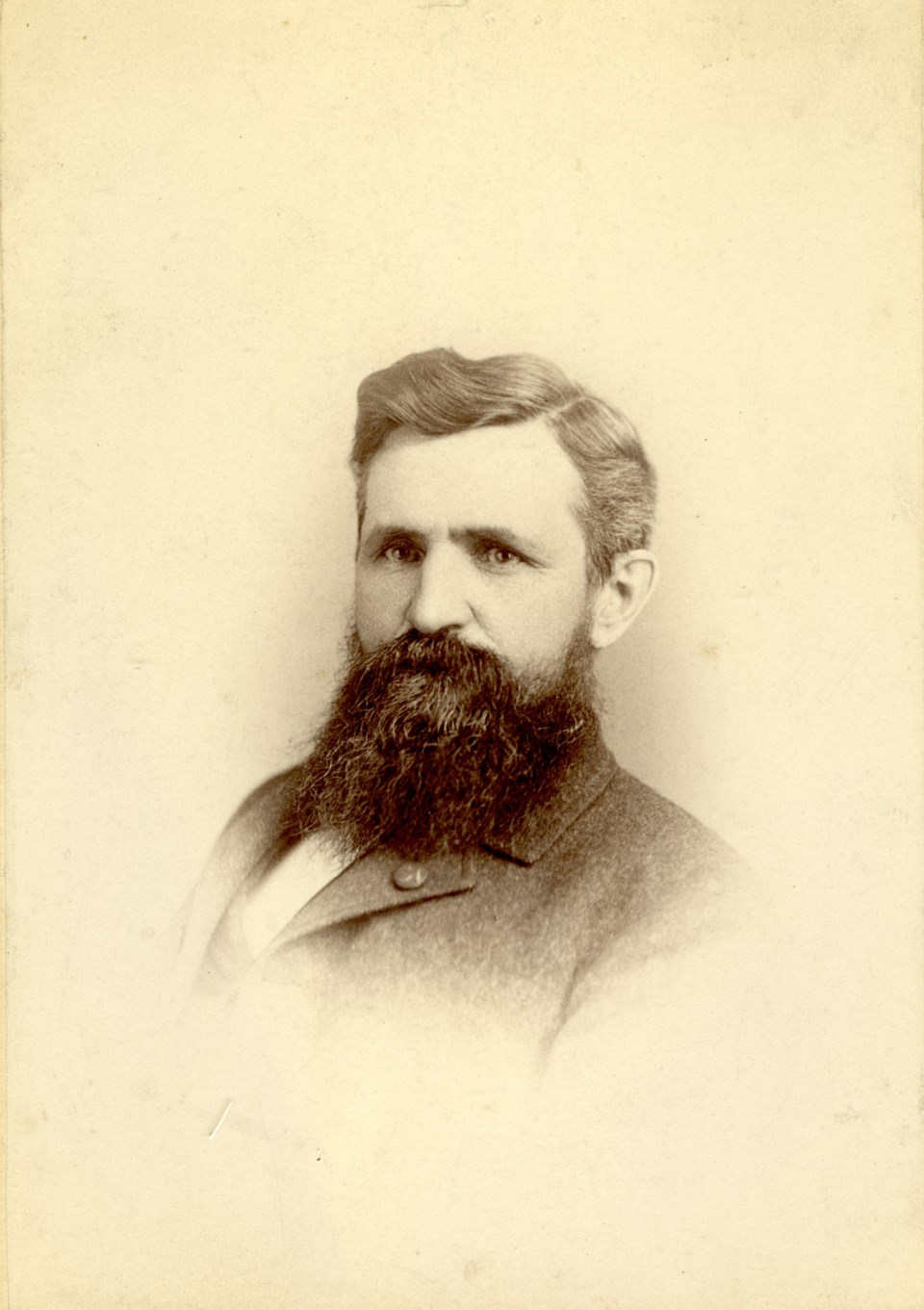As Longmont’s 150th Anniversary year comes to a close, there’s a last chance to portray one of the city’s colorful historical characters. This final selection honors Col. Byron L. Carr.
Carr held many titles in the early days of the city’s founding to include Civil War veteran, founder of the Longmont Post of the Grand Army of the Republic (GAR) for the Union soldiers, distinguished attorney, the first schoolteacher within the city of Longmont, member of the first board of trustees and an area representative to The Colorado Constitutional Convention of 1875-76.
While that list of accomplishments is long, Carr also founded one of Longmont’s earliest and longest running newspapers, The Longmont Ledger.
According to Erik Mason, curator of research at the Longmont Museum and author of the book “Longmont: The First 150 Years,” Carr founded the Ledger in 1879 after a devastating fire destroyed much of Old Town Longmont including the print shop that belonged to the existing newspaper, The Longmont Press. Carr, who had been looking to start a newspaper of his own, saw the chance to put his own competing printing press to use.
“The day after the fire, the first edition of the Longmont Ledger appeared with an account of the fire,” Mason shared in his book. “Although the Ledger generously allowed the Press to use its equipment to put out more issues, the Press soon ceased publication.”
According to an article in the Longmont Observer — a nonprofit newsroom that predates the Longmont Leader — the Ledger “proclaimed itself a Republican newspaper … and endorsed Republican candidates.”
According to the Library of Congress, the Longmont Ledger continued to be published until 1969. Others place it as ending as late as 1971, but either date documents just under a century of journalistic service.
Carr came to Longmont in 1871. Soon after he took up the mantle as the first educator within city boundaries, and taught at a newly built school on Main Street between Fifth and Sixth avenues. According to Mason, Carr ultimately shared teaching tasks with his wife Mary, and the couple taught as many as a hundred children in a single room.
During the same year, Carr began to practice law with Charles Day. This ledCarr to become a district attorney in 1872 and, according to the Longmont Museum, was ultimately known as the ‘father of irrigation law’. Today, his law firm still operates out of offices on Main Street as Flanders, Elsberg, Herber and Dunn,and is the oldest firm in continual existence in the state.
Carr died in 1899 at age 56, and is buried in Mountain View Cemetery. Although he died young, Carr accomplished many things in the 28 years he lived in Longmont, shaping the city forever.



